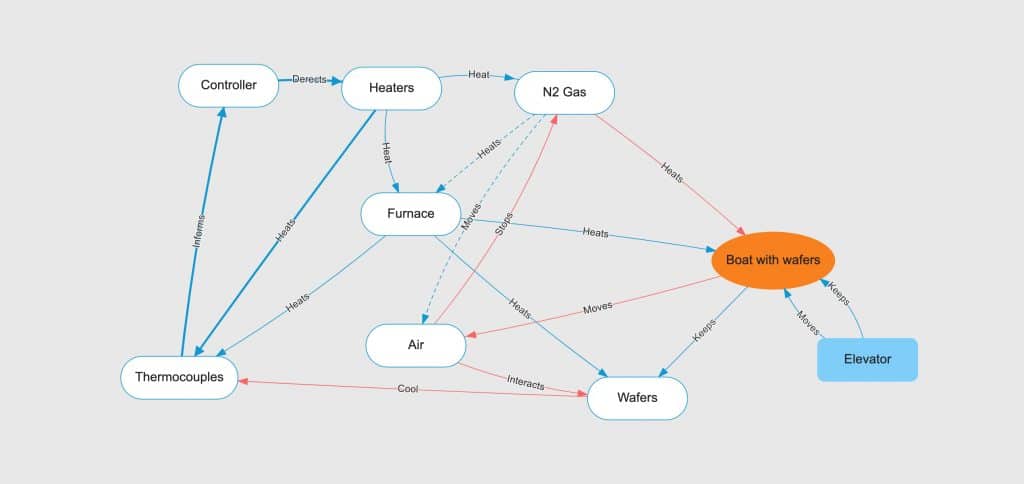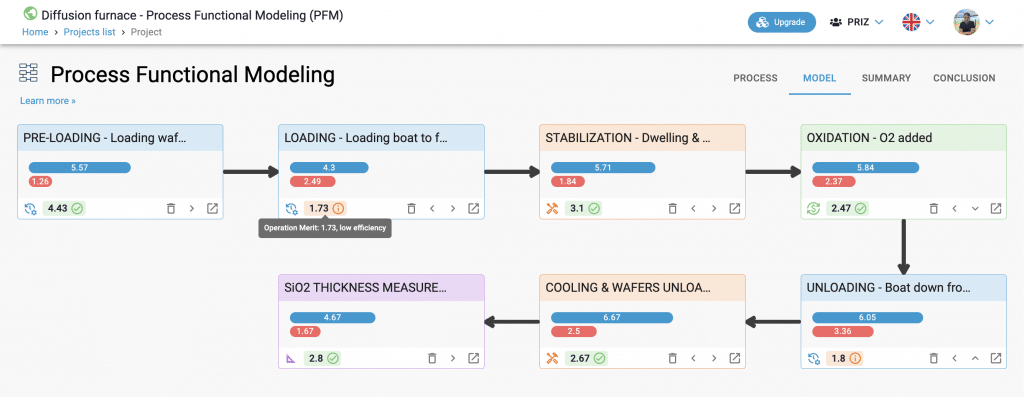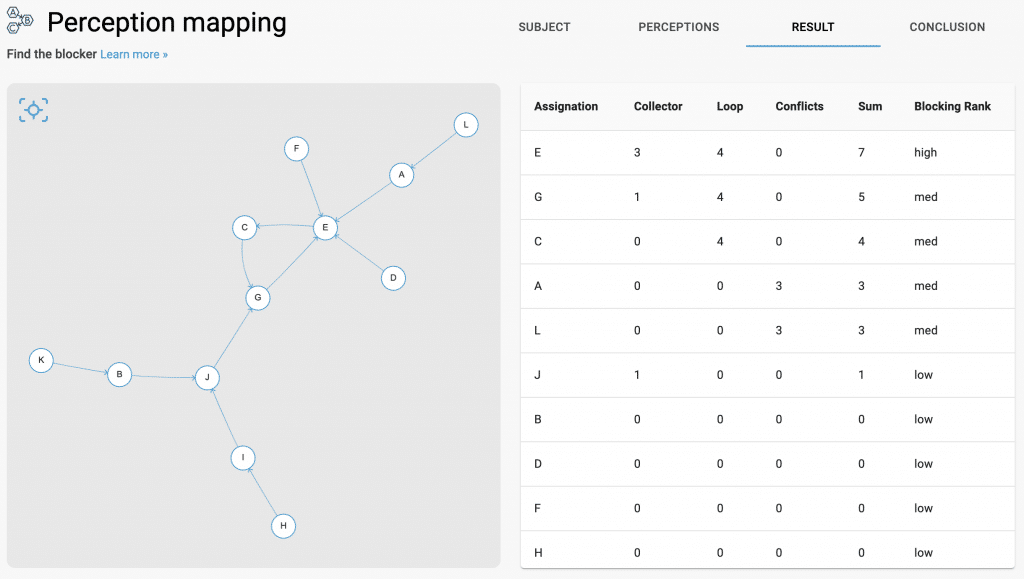Process improvement is crucial for organizational success. It helps organizations to stay competitive, reduce costs, improve quality and efficiency, become more responsive to changing market conditions, and encourage innovation. There are several process improvement methodologies available, each with its own set of tools and techniques. However, these tools rely heavily on people’s creativity and analytical skills, which can be a trial-and-error process for teams. PRIZ Guru offers analytical and problem-solving tools to assist engineers at any step of the process improvement undertaking, equipping teams to overcome barriers during this initiative.

As usual, we will start with an official definition, and our favorite source is the Cambridge Dictionary. According to the Cambridge Dictionary
A process is a series of actions that you take in order to achieve a result.
Processes can be found in a wide range of contexts, from manufacturing to service industries, and can be simple or complex.
To provide some examples of processes in different industries:
We can continue this list indefinitely. Even such a simple task as walking a dog involves a process. At this point, we can safely assume that processes are ubiquitous in everything we do.
Clear processes are essential for successful manufacturing, where efficiency and high-quality production are critical. They ensure consistency and quality, reducing the risk of costly mistakes and defects that can eventually lead to customer dissatisfaction.
Process improvement is a continuous effort to identify, analyze, and make changes in order to increase efficiency, reduce costs, and improve quality. The benefits of process improvement for organizations are clear and numerous, including:
To summarize, process improvement is a key component of organizational success, helping organizations stay competitive, reduce costs, and improve quality and efficiency.
Process improvement is problem solving.
There are many process improvement and optimization methodologies available, each with its own set of tools and techniques. We just want to name a few:
At a high level, all of these methodologies offer systematic approaches for identifying and resolving process issues. They involve analyzing data, identifying the root causes of problems, and implementing solutions to address those root causes. The ultimate goal is to solve problems in a structured and methodical manner, rather than simply treating the symptoms.
There are multiple SaaS tools that help us to create, track, and even optimize processes.
These are just a few examples of the many SaaS tools available that can help with process improvement.
There is one problem with process improvement tools: they heavily rely on people’s creativity and analytical skills to solve the problems in processes and achieve good results. This often leads to a trial and error process for teams. In some cases, larger organizations may seek help from process consultants or similar professionals.
This is where PRIZ Guru comes in. The PRIZ Innovation Platform offers a variety of analytical and problem-solving tools to assist engineers at any step of the process improvement undertaking. With PRIZ, your team will be better equipped to overcome many barriers during this initiative. In the next section, we will explain how.
Identifying the right process to improve is a crucial step. It’s important to select a process that is critical to the business and has a significant impact on customers. Many different parameters may be considered when selecting a process, including:
Aside from continuously collecting statistics about different processes in an organization, there are no other magic ways to obtain this information. Luckily, anyone involved in the process can probably describe in detail how painful it is. Additionally, tools like Process Street can provide valuable assistance in understanding these processes.
Once the process improvement steps have been identified, it is important to map out the process. This involves documenting the high-level process and identifying its inputs, outputs, and stakeholders. There are several ways to visualize a process, including process maps, flowcharts, and value stream maps.

A more effective tool for process mapping is the Process Functional Model (PFM), which is available on the PRIZ Innovation Platform. PFM is an analytical tool that helps us learn about a process by modeling different operations, identifying and solving problems, and defining ways to improve any fabrication process. PFM not only allows us to visualize and understand the process but also enables deeper analysis of process bottlenecks and inefficiencies.
Once a process has been mapped out, it’s important to analyze it for bottlenecks, inefficiencies, and waste. The PRIZ toolset can help in this phase as well. While the Process Functional Model helps on a process level, the System Functional Model (SFM) helps to analyze every step within the process.

The SFM, also known as Function Modeling, is a popular problem-solving tool that uses functional language to model a problem and identify problematic and functional components. Its ultimate goal is to understand the efficiency of an operation and identify any components within it that are contributing to inefficiencies.
By using both the Process Functional Model and the System Functional Model, organizations can map their processes and identify any inefficiencies.
After completing the previous two phases with PRIZ tools, this step is as simple as reading the results and following some helpful recommendations.

As the title suggests, the main goal at this point is to identify the least efficient operation based on the Functional/Problematic Ratio of an operation (also known as operation merit).
To learn how to use the Process Functional Modeling tool, check out our documentation here.
Analyzing the steps of a process is one of the main benefits of using the Process Functional Model in the PRIZ platform. Here, you can analyze and understand the inefficiencies of each step in the process you are optimizing.
Finally, we have reached the stage of actually doing the work. At least, that is how it may appear to someone who is not directly involved in this initiative. The reality is that we have already completed a significant amount of analytical work. As a result, we now have a full understanding of the process and clarity on potential ineffective operations. In other words, we have identified both where the problems lie in the process and what these problems are.
Before we can safely suggest any changes, we need to solve the problems we identified. Here, PRIZ ecosystem comes for help. PRIZ Platform offers multiple creative thinking tools that help us to solve problems.
As an example, the following two tools can be used for Root Cause Analysis

Or, in case we already have a target solution in mind, Perception Mapping will help us to identify potential blockers preventing us from achieving certain goals.
While working with various tools, we will generate a number of different ideas for a solution.
At this point, we have generated multiple ideas using various tools and engineering thinking approaches. Now, it’s time to create the final proposal for the changes.
This phase is primarily for documentation, but we also need to select the best ideas to move forward. The PRIZ Platform offers a tool called Round-Robin Ranking (RRR) that can help with this process.
Once we have identified the best ideas, it will be straightforward to document the final proposal for implementing the solution and process changes.
We are now ready to implement the changes into the process. Of course, the best tools for this are the ones listed above, such as Process Street. After the changes have been made, it’s important to test the new process and train employees on the revised process. Monitoring and controlling the process is also crucial to ensure that the improvements are sustained.
What did you think of our process improvement guide? Do you have any tips we may have left out? Let us know in the comments below!
David Drummonds
June 14, 2023
A process can be an instance of a repeating project.
Root Cause Analysis can be used for process improvement. It is a form of troubleshooting.
Process improvement is exploiting opportunities, the flip side of solving problems.
Alex A.
June 14, 2023
David,
Thank you for your comment.
I completely agree with you regarding the “Process improvement is exploiting opportunities”. A related article is coming soon.